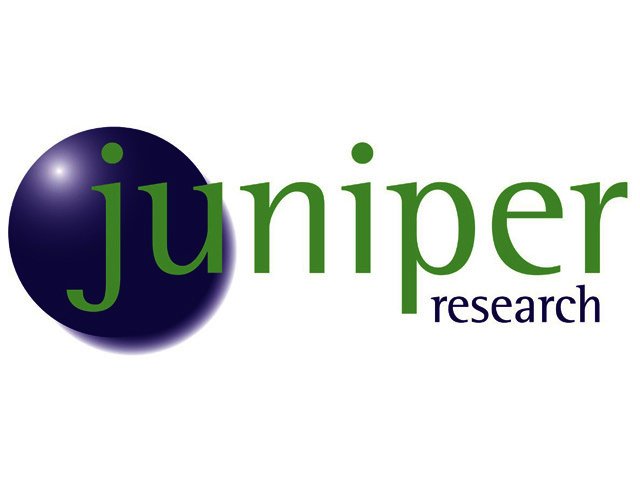PREVIOUS ARTICLENEXT ARTICLE
NEWS

NFC mobile payments set to exceed 180 billion dollars worldwide
By Ryan Noik 25 July 2012 | Categories: news
A new report from Juniper Research has asserted that near field communication (NFC) mobile payments will exceed $180 billion worldwide by 2017, as the technology becomes standard.
However, the report also indicated that the leading regions of North America, Western Europe, the Far East and China will contribute 90% of this market value
Nonetheless, Juniper Research explained that 2011 was a “watershed year” for NFC payments, elaborating that technology infrastructure standards were finalised, many mobile network operators committed to the market and NFC payment pilots from both mobile operators and financial institutions transitioned to commercial service.
Of even greater significance was the fact that NFC smartphones were announced by the majority of handset manufacturers.
According to Juniper Research, this is essential, as the mobile device has a central role to play as customers shop at supermarkets, stores and other retail bricks-and-mortar locations. Additionally, it is helped along by the explosion of smartphones, the growth of the mobile web, the availability of high speed mobile broadband networks and the ever-growing usage of SMS, all of which mean the smartphone has become a device which accompanies users at all times.
Benefit bounty
The company pointed out that all these reasons are offering retailers, brands and merchants new opportunities for greater communication with customers, while offering them the ability to shop using their mobile device.
The report further asserted that applications which incorporate NFC benefit from an elegance and simplicity for the user which is difficult for other mobile technologies to emulate, as NFC applications can be invoked by a simple physical tap, rather than requiring users to open a mobile application.
Additionally, the report stated that the degree of accuracy in determining the mobile user’s position is far greater using NFC than GPS, particularly within buildings.
All this points the way towards the adoption of the technology for a more seamless means of transferring information, as NFC enables users to transfer information wirelessly, and thus make payments, for example, merely by touching their smartphone to a reader.
Indeed, Samsung’s S3 smartphone, which was launched a mere month ago, offers users the ability to transfer large amounts of data between two S3’s using NFC.
All systems (almost) go
However, while it seems like it is all systems go for greater adoption of the technology, the new report also warned that the market acceleration of 2011 revealed some parts of the ecosystem that were unprepared for the future.
Particularly, it noted that retailers are less convinced of the benefits of NFC payments over existing card technologies and are unwilling to invest in contactless infrastructure.
According to the report co-author Dr Windsor Holden, this is a critical time for the NFC retail payments market. “Despite the significant progress being made today, the full potential of the market can only be fulfilled if all ecosystem players are equally committed and mobile wallet consortia remain in place,” he stressed.
To the point
However, the report’s general optimism about the widespread adoption of NFC in the next five years is heartening.
Indeed, it was one of our top eleven technology trends for 2012, and given the way people are attached to their smartphone of choice, it would certainly make sense to see smartphones and NFC being widely and routinely used to make general payments, in the years ahead.
USER COMMENTS
Most Read Articles
Read

Magazine Online
TechSmart.co.za is South Africa's leading magazine for tech product reviews, tech news, videos, tech specs and gadgets.
Start reading now >
Download latest issue
Have Your Say
What new tech or developments are you most anticipating this year?
New smartphone announcements (45 votes)
Technological breakthroughs (29 votes)
Launch of new consoles, or notebooks (14 votes)
Innovative Artificial Intelligence solutions (29 votes)
Biotechnology or medical advancements (24 votes)
Better business applications (160 votes)



